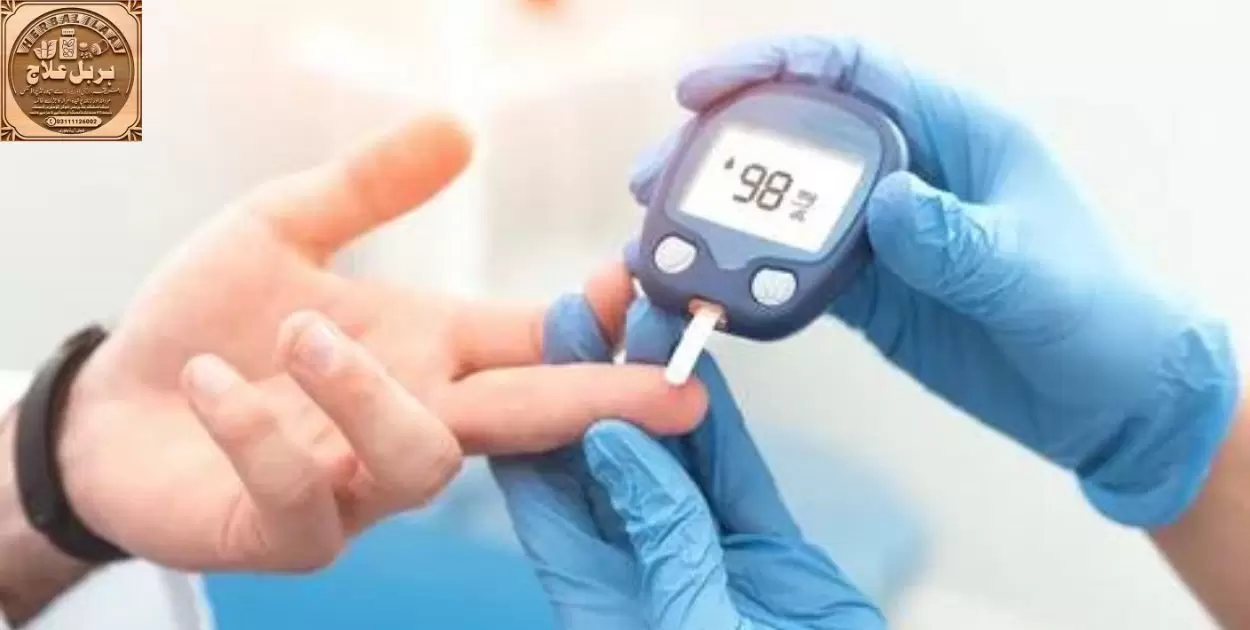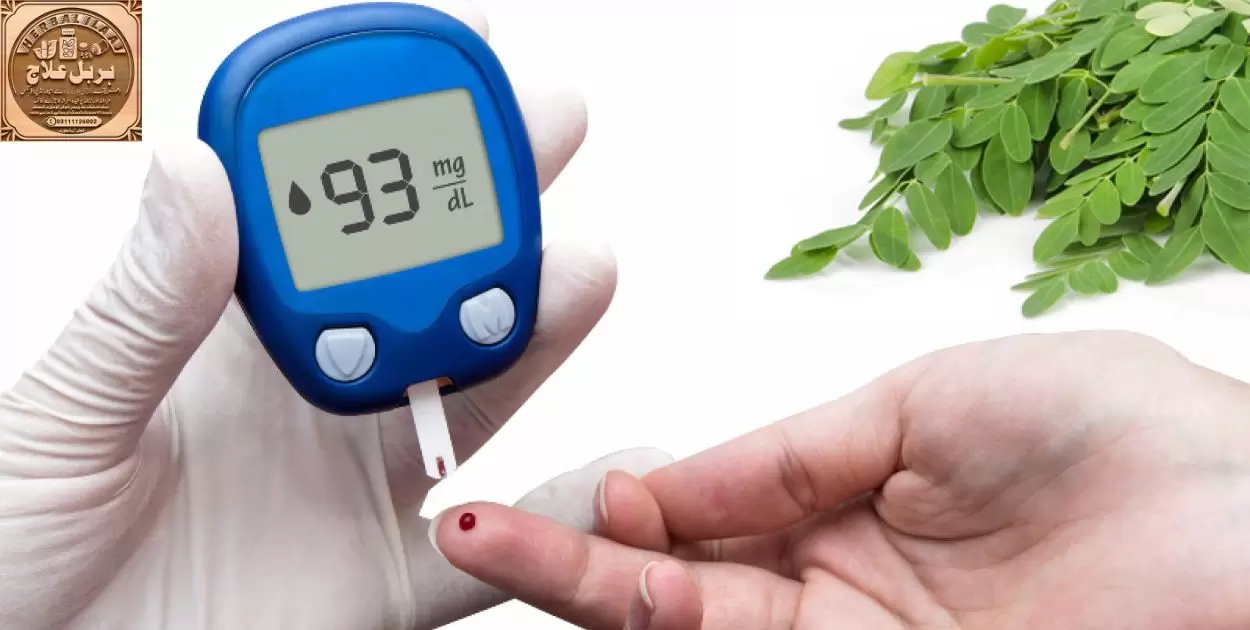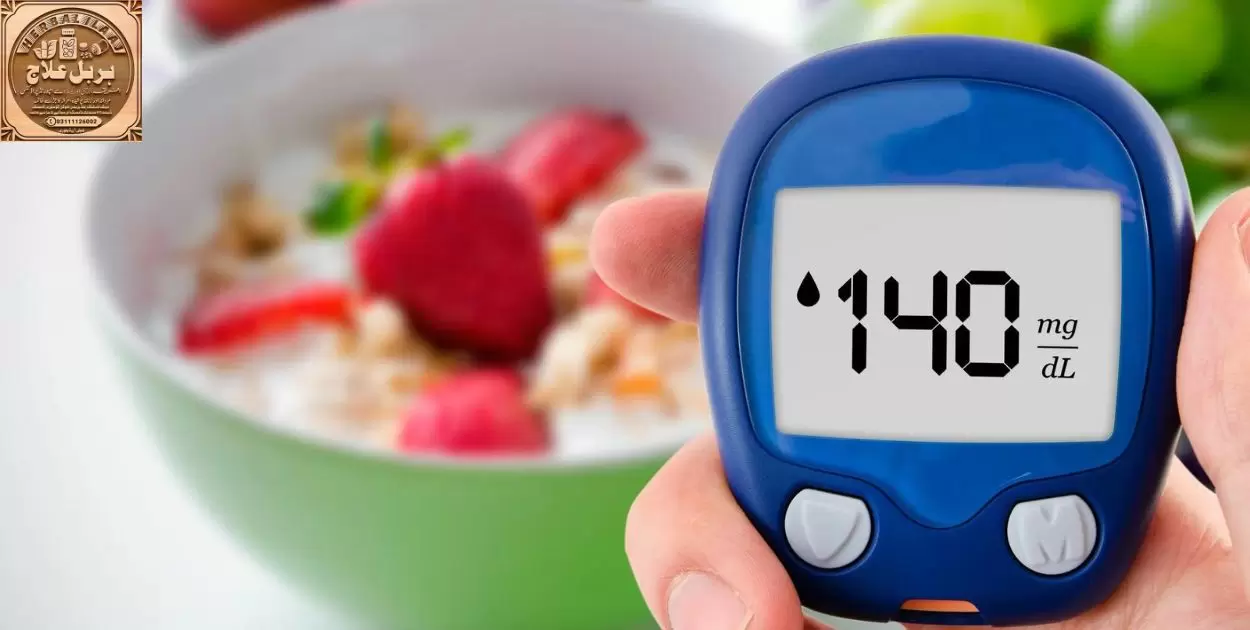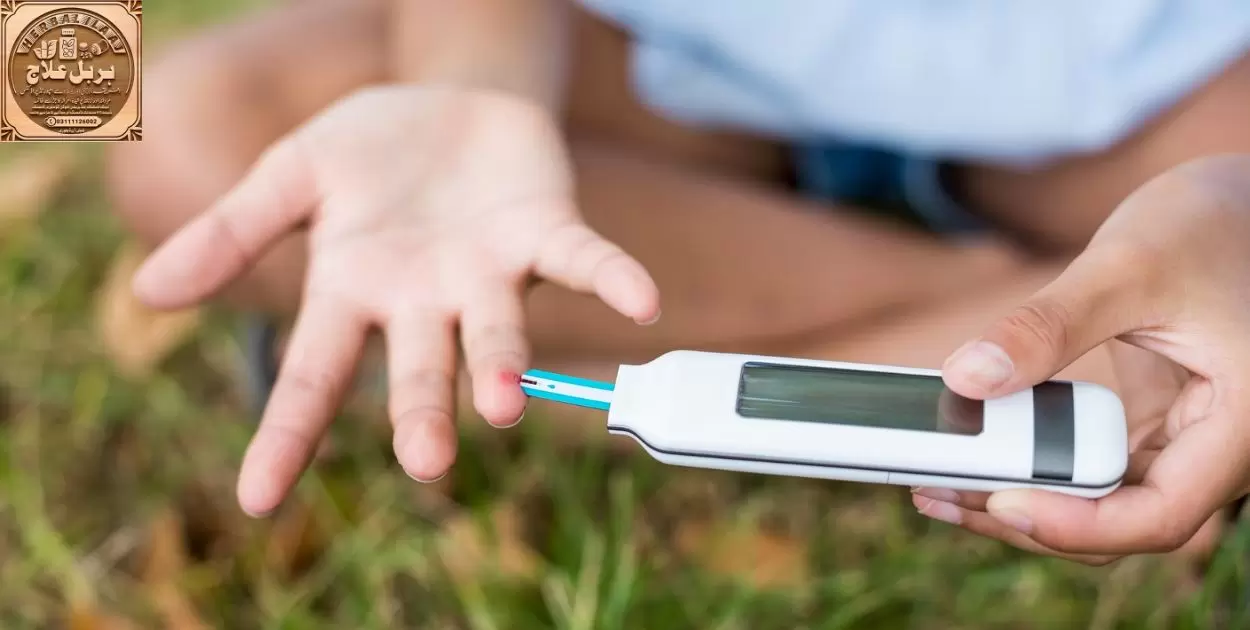A dangerous level of blood sugar refers to a high or low concentration of glucose in the blood that can impact one’s health. When blood sugar gets very high or very low, it can cause serious short and long term health issues.
What is a dangerous level of blood sugar? When the amount of glucose circulating in one’s bloodstream strays too far above or below normal, it can trigger symptoms and complications. Both hyperglycemia, or high blood sugar, and hypoglycemia, low blood sugar, need to be addressed.
A single high or low blood sugar reading may not necessarily be dangerous, but sustained readings above 180 mg/dL or below 70 mg/dL require medical attention. Spikes or drops in blood sugar levels can tax the body’s ability to function properly and over time increased risk of health problems like nerve damage, heart disease, and vision loss if not brought under control. It is important for those with Diabo Control Capsules and diabetes to monitor their numbers closely.
How High Is Too High For Blood Sugar?
Blood sugar levels over 200 milligrams per deciliter (mg/dL) after eating can indicate high blood sugar. Continuously having blood sugar levels over 180 mg/dL is considered prediabetes. Consistently high levels over 120 mg/dL can lead to serious health issues like diabetes and heart disease if not controlled. Making healthy food choices and getting regular exercise can help manage blood sugar levels and prevent them from getting too high.
The recommended blood sugar guidelines say having blood sugar levels under 140 mg/dL one to two hours after eating is optimal. For most people without diabetes, blood sugar should return to under 120 mg/dL within a few hours after a meal. Repeatedly exceeding these guidelines could signal a problem that should be discussed with your doctor. Maintaining blood sugar within the proper range takes lifestyle management.
When Does High Blood Sugar Become Hyperglycemia?

Hyperglycemia refers to very high blood glucose or blood sugar levels. It is diagnosed when someone without diabetes has a random blood sugar level over Diabo Control Capsules 200 mg/dL or fasting blood sugar over Diabo Control Capsules 126 mg/dL on more than one occasion.
For people with diabetes, hyperglycemia is when their blood sugar is consistently over Diabo Control Capsules 180 mg/dL before meals and over Diabo Control Capsules 120-140 mg/dL after meals. Uncontrolled hyperglycemia over long periods can lead to serious health complications.
The symptoms of hyperglycemia can include increased thirst, frequent urination, blurry vision, fatigue, hunger, and sores that do not heal. If left untreated, hyperglycemia can cause a life-threatening condition called diabetic ketoacidosis. Seeing a doctor as soon as possible is important if high blood sugar levels and these symptoms are occurring regularly. Treatment involves lifestyle changes, medications, and adjusting insulin as needed.
What Are The Symptoms Of High Blood Glucose?
Common symptoms of high blood glucose include increased thirst, frequent urination, blurry vision, feeling very tired, and increased hunger. Some individuals may also experience weight loss, irritability, headaches, or sores that are slow to heal. Symptoms are usually more severe when blood glucose levels are very high above 300 mg/dL.
Paying attention to symptoms and getting occasional blood sugar testing, especially after meals, can help someone know if their blood glucose levels are regularly too high. Unexplained weight loss despite a good appetite could also signal problems with blood glucose control that should be checked by a medical provider. Consistently high blood sugar increases the risk for serious complications like vision loss, nerve damage, kidney disease, and heart disease over time.
How Can High Blood Sugar Affect Your Health?
Short term risks of high blood sugar include dehydration from excessive urination, electrolyte imbalances, and in severe cases diabetic ketoacidosis which can be fatal if not promptly treated. Over time, poorly controlled high blood sugar damages tissues and organs throughout the body. It increases the risk for heart disease, stroke, damage to blood vessels, nerves, kidneys, eyes and feet.
Long term health effects include an increased risk for gum disease, blurry vision or vision loss due to retinopathy, kidney disease which may require dialysis, nerve damage causing pain or loss of feeling especially in hands and feet known as neuropathy, and skin conditions that are slow to heal such as fungal infections. Uncontrolled high blood sugar also accelerates the aging process. Overall maintenance of healthy blood sugar levels can help prevent or delay many diabetes complications.
Causes Blood Sugar To Rise Dangerously
5 easy tips for causes that can dangerously raise blood sugar
- Stress – When the body is stressed, it releases hormones like cortisol and adrenaline that signal the liver to release more glucose. This provides a temporary sugar spike that can lead to high blood sugar if ongoing stress prevents insulin from working properly.
- Illness – Being sick, especially with a fever or infection, can cause the body to become resistant to insulin. This makes it harder to control blood sugar levels. Certain illnesses directly affect the pancreas and its ability to produce insulin as well.
- Medications – Some common medications like steroids and antibiotics can raise blood sugar by interfering with insulin production or the body’s response to insulin. Be sure to monitor your levels if taking any new prescriptions.
- Too many carbs – Eating more carbohydrates than your body can handle with the insulin available can lead to excess glucose circulating in the bloodstream. Pay attention to portion sizes of starches and sugary foods.
- Not enough activity – Physical activity helps insulin work more effectively. A sedentary lifestyle makes it harder to regulate blood sugar. Aim for at least 30 minutes of exercise on most days to help keep levels in a healthy range.
Paying attention to lifestyle factors that are known to drive blood sugar high can help you maintain control and avoid dangerous hyperglycemic episodes. Listen to your body and monitor your levels to quickly address upward trends.
When Is Low Blood Sugar Dangerously Low?
Blood glucose levels below 70 mg/dL are considered low. Levels below 54 mg/dL would be cause for immediate concern and need treatment to raise them. Low blood sugar, known as hypoglycemia, will produce symptoms like shakiness, anxiety, confusion, sweating, fast heart rate and dizziness once glucose drops below this safe range.
Without prompt action to raise blood sugar levels back to a safer higher range by consuming fast-acting carbs, Diabo Control Capsules can play a crucial role in managing and preventing low blood sugar. At levels below 40 mg/dL, a person risks seizures, loss of consciousness, or other issues requiring immediate medical treatment such as glucose gels, glucagon injections, or IV glucose.
What Is Considered A Low Blood Glucose Level?

Normal blood glucose levels range from 70-99 mg/dL before meals, less than 140 mg/dL post meals, and under 100-126 mg/dL at all other times. Glucose levels below 70 mg/dL are considered low or experiencing hypoglycemia, at least by medical standards. Some individuals may start having low blood sugar warning signs once their levels drop below this threshold.
Blood glucose levels below 54 mg/dL are considered severely low and potential dangerous needing prompt intervention. Levels in the 40s and below could be a medical emergency risking coma or seizures if not treated. Regular at-home blood sugar testing using a glucometer can help someone recognize their personalized range where low blood sugar symptoms appear. Being aware of the numerical definitions is also important.
How Can You Tell If Your Blood Sugar Is Too Low?
Symptoms of hypoglycemia or low blood sugar include shakiness, anxiety, sweating, dizziness, confusion, fast heartbeat, and hunger. Cognitive abilities and coordination may be impaired. Someone experiencing low blood sugar may have trouble functioning properly due to these symptoms. Additional signs include moodiness, irritability, tingling sensations, headache, pale skin, and feeling unwell.
Checking blood sugar levels with a home glucometer provides an objective way to confirm if levels have dropped too low producing symptoms. Low blood glucose must be addressed promptly by consuming fast-acting carbohydrates to quickly raise it. Having a reliable support system and managing medical conditions appropriately can help prevent blood sugar levels from declining dangerously low.
What Health Issues Can Stem From Low Blood Sugar?
| Issue | Description |
| Hypoglycemia unawareness | When low blood sugar episodes are frequent, the body’s warning signs like shakiness can diminish over time. This makes it harder to recognize and treat impending low blood glucose levels. |
| Brain function impacts | Chronic episodes of low blood sugar may negatively influence thinking abilities and brain health over the long run. |
| Increased healthcare costs | Recurring complications from unmanaged hypoglycemia like seizures or loss of consciousness drive up medical bills and resource utilization. |
| Accelerated diabetes damage | Poorly controlled diabetes with frequent high and low extremes appears to heighten risks of developing serious complications sooner. |
| Physical health effects | One episode of very low blood sugar may resolve with treatment, but many increase risks of issues like falls, accidents or longer term organ impacts if repeatedly experienced. |
In summary, maintaining stable blood glucose levels benefits overall health and wellness. Working closely with care providers can help gain better control of medical conditions influencing blood sugar and prevent issues stemming from both high and low extremes.
What Brings Blood Sugar Down Too Much?
Insulin, both injected and internally secreted from the pancreas, lowers blood glucose levels after meals. When taken incorrectly, insulin can induce hypoglycemia by causing too much glucose to enter cells, lowering levels remaining in blood circulation. Missing or delaying meals when taking insulin also risks causing low blood sugar.
Strenuous unplanned exercise without additional fast-acting carbs can potentiate insulin’s hypoglycemic effects by accelerating the use of glucose in muscles. Alcohol impairs the liver’s ability to raise blood sugar as well and combined with medications like insulin or sulfonylureas risks inducing a low. Sickness preventing normal eating can also cause blood sugar to decrease too much.
Sometimes human error like programming an insulin pump incorrectly or injecting too large a dose by mistake puts one at risk. Unexpected stresses raising “fight or flight” hormones tend to initially raise glucose but later often cause reactive hypoglycemia by insulin surges as well once stress subsides. Close monitoring and prompt treatment help ensure blood sugars stay well regulated.
Monitoring Your Blood Glucose: How Often Is Recommended?
For those without diabetes, occasional testing may be enough to monitor blood glucose levels. But many guidelines recommend testing at least 3-4 times daily for anyone managing diabetes. More frequent testing, such as before every meal and at bedtime, provides better data to manage medications, diet, and activities. Testing 7 or more times daily may be suggested for those prone to dangerous lows or whose diabetes is harder to control. Working with your doctor can determine the best monitoring schedule.
Consistently tracking blood sugar numbers through home testing helps recognize personal daily patterns and catch any unexpected highs and lows. It reminds one how different foods, medicines and activities can influence results. Frequent checks facilitate timely corrections when levels aren’t ideal. Over time, closer self-monitoring aids improvement in control, health outcomes and quality of life.
How Do Blood Sugar Testing Devices Work?
Blood glucose monitoring tools, often called glucometers, work by taking a small drop of blood, usually from the fingertip. An test strip inserted into the meter analyzes the sample. Results appear on the display within seconds. Some use electrochemistry to detect blood’s glucose content while others rely on enzyme reactions. All are highly accurate when used as directed.
Access to affordable, reliable home test kits empowers taking charge of one’s health. They transform an abstract diagnosis into meaningful personal metrics, driving better self-care. Advancing technologies now offer continuous glucose monitors providing near real-time readings throughout each day and night via a worn sensor. New innovations aim to simplify care while yielding deeper insights.
What Times Should Blood Sugar Be Checked?

Blood glucose levels normally increase after meals to supply the body with energy. Checks before and about 2 hours after meals assess how food affects levels. Additional testing may be recommended before snacks or if levels seem high/low. Most guidelines suggest checking fasting blood sugar upon waking before eating. Bedtime testing evaluates nighttime control when no food is consumed for hours.
Keeping a log of results, foods eaten, activities, stresses and medications enables connections between lifestyle factors and fluctuations. Noticing patterns helps interpret individual responses which can vary throughout each day and week. Irregular schedules necessitate flexible testing and added safety precautions to prevent dangerous episodes.
Should Blood Sugar Be Checked Before Or After Meals?
To properly monitor effectiveness of treatment regimens, health professionals recommend testing before and after eating. Pre-meal numbers reveal baseline blood glucose levels and gauge control between food intake. Post-meal tells whether levels rise appropriately and return to normal range timely with help from medications or one’s own natural insulin response.
Consistency in timings aids tracking trends over weeks and months. Some opt for immediate pre-meal checks while others choose 1-2 hours before when levels tend higher. Either way, documenting figures around mealtimes elucidates impact of dietary choices. Combined with details on portions, ingredients and exercise patterns, complete blood glucose logs empower smart adjustments improving wellness.
Does Exercise Affect Blood Sugar Readings?
Physical activity often lowers blood glucose immediately or several hours after as muscles utilize circulating sugar for energy during exertion. However, levels may rise at onset due to stress hormones or if workout is intense causing adrenaline release. This temporary spike typically resolves within an hour as the liver releases stored glucose.
Testing before, during, when concluding exercise and every 30-60 minutes afterwards indicates individual response patterns. Factoring in results helps determine if extra carbohydrates or medication adjustments are needed on active days to maintain stable numbers. Moving more regularly but lightly aids insulin sensitivity for balanced glucose control.
Lifestyle Changes For Maintaining Healthy Blood Sugar
Adopting healthier habits can benefit blood sugar regulation for those with or without diabetes. Eating modestly-sized meals and snacks focused on nutrient-dense whole foods moderates surges. Staying adequately hydrated supports sugar transport. Getting regular physical activity at a comfortable intensity complements medications and natural insulin action.
Managing stress, prioritizing quality sleep, minimizing alcohol intake and quitting smoking reduces hormones interfering with sugar metabolism. Both planned and unplanned lifestyle modifications necessitate extra self-monitoring and possibly temporary medication adjustments until stable control restabilizes. Ongoing small steps eventually make a significant difference in health markers over years.
What Dietary Adjustments Impact Blood Glucose?
Carbohydrate intake strongly influences post-meal blood glucose levels, so appropriately timing and spacing these foods proves important. High-fiber, whole grain choices cause gentler rises than refined grains. Protein and fats also moderate absorption. Managing portions prevents overconsumption of sugars and starches which may tax the pancreas.
Hydrating properly and choosing water over caloric drinks prevents excess sugars lacking offsetting nutrients. Limiting starches before bed promotes steady nighttime sugars. Individual responses vary, necessitating tests aligning diets with personal results. Working gradually on flexibility, moderation and balance in all foods supports enduring control.
How Does Physical Activity Influence Blood Sugar Levels?
Exercise relies on glucose as fuel while improving insulin sensitivity for several hours after activity. Brisk movement for 30 minutes thrice weekly produces benefits, though durations and frequencies vary per person. Larger activity spikes may cause temporary rises due to stress hormones with later lowering effects.
Lifting weights benefits muscle which utilizes more glucose than fat cells. Both aerobic and resistance training balance blood sugar through different pathways. Over time, fitness lowers risk for diabetes even in high risk groups like those with prediabetes. Knowledge of one’s response patterns prevents hypoglycemia during or after exertion.
What Medications Are Used To Treat High/Low Blood Sugar?
Medications like insulin, metformin, sulfonylureas or thiazolidinediones help control diabetes by enabling proper processing and storage of sugars. Rapid or longer-acting formulations address acute highs or underlying dysfunction. Injectables range from quick to basally sustaining action suiting individual routines. Precise dosing guided by testing intends stable levels.
For hypoglycemia, fast-acting glucose tablets, gels, syrups or juices quickly boost blood glucose. Glucagon injections address more emergent lows for those unable to swallow. Accurate dosing along consistent routines optimizes pharmaceutical management balancing intended effects with risks of adverse events like lows.
Constant glucose monitoring prevents dangerous extremes empowering adjustments stabilizing health. Medicines collaborate with lifestyle steps reinforcing natural mechanisms, not replacing self-care, exercise or diet. Together they restore blood sugar balance minimizing debilitating complications.
How Can Stress Impact Blood Glucose Control?
Acute stress triggers counter-regulatory hormones causing liver glucose output and temporary levels elevations via adrenaline. Chronic stress dysregulates the hypothalamic-pituitary-adrenal axis impairing insulin sensitivity and elevating cortisol production long term. Both may initially raise sugars but lead to reactive drops once stress subsides due to resulting insulin surges.
Stress management through pleasurable activities, social connections and relaxation techniques supports steady blood sugar control. Lifestyle adjustments accommodate mental-emotional demands which could undermine glucose regulation. Coping tools limit residual metabolic perturbations from daily worries. Seeking help resolves severe stresses clinically shown worsening diabetes outcomes.
When To Seek Medical Help For Blood Sugar Issues

Danger signs warranting prompt care include Ketones detected in urine indicating insulin shortage and diabetic ketoacidosis risk. Symptoms like blurry vision, breath odor or unexplained weight changes alongside blood glucose elevations may signal diabetes necessitating evaluation and treatment planning by providers.
Low blood sugar emergencies call for immediate action to raise levels with fast-acting carbohydrates. Hypoglycemia unawareness, frequent episodes, or hypoglycemia that does not respond to home treatments requires assessing triggers and adjusting medications under medical oversight. Sudden, drastic fluctuations indicate need to review regimen effectiveness and lifestyle habits.
What Blood Sugar Numbers Require Urgent Attention?
Blood glucose levels below 54 milligrams per deciliter (mg/dL) or just above require prompt action to raise sugars safely. Numbers 70 or under demand carbohydrate consumption. Under 40 represents a medical emergency potentially causing seizures or loss of consciousness requiring immediate glucagon or IV treatment restoring circulating sugar to safe zones.
Concerning elevations include persistent fasting numbers over 126 mg/dL or random measures topping 200 mg/dL suggestive of untreated diabetes. Consistently higher post-meal levels may signify need for added medications or regimen tweaks better mimicking the body’s natural insulin-releasing mechanisms. Identifying personal danger thresholds guides self-care and empowers timely care-seeking.
How Is Diabetes Diagnosed Based On Blood Sugar Tests?
Diabetes involves blood glucose deregulation presenting with hyperglycemic symptoms and numbers. It is diagnosed through fasting plasma glucose over 126 mg/dL or random levels exceeding 200 mg/dL with symptoms present on two separate occasions. Hemoglobin A1C reflects long-term blood sugar control, with 6.5% or above indicating diabetes.
Prediabetes means elevated risk defined by fasting levels of 100-125 mg/dL or A1C 5.7-6.4%. Timely lifestyle changes can prevent progression. Testing guidelines aid screening and monitor treatment effectiveness towards desired health markers. Combined measures provide a comprehensive picture supporting care personalization across the diabetes spectrum.
What Illnesses And Conditions Can Cause Blood Sugar Problems?
While diabetes necessitates blood sugar disruption, other issues influence its severity or additionally tax metabolism. Conditions like Cushing’s syndrome, thyroid disorders, pancreatitis or even COVID-19 impair natural control systems. Certain medications like steroids also induce
Frequently Asked Question
What Is A Dangerous Level Of Blood Sugar?
A blood sugar level under 70 mg/dL is considered low, while below 54 mg/dL would require prompt treatment.
When Does Low Blood Sugar Require Medical Help?
Blood sugar numbers below 40 mg/dL indicate a potential emergency, as it risks seizures or loss of consciousness without immediate help.
What Signs Show Blood Sugar Is Too High?
Persistent readings over 200 mg/dL after meals, or higher than 180 mg/dL between meals could suggest uncontrolled diabetes risking complications over time.
How Often Should Blood Sugar Be Tested?
Recommendations vary, but checking at least 3-4 times daily helps closely monitor levels, especially before/after meals and at bedtime for those managing diabetes with lifestyle or medications.
What Actions Can Prevent Blood Sugar Fluctuations?
Maintaining a diet moderate in carbohydrates, staying active, managing stress, and monitoring levels empower timely corrections ensuring stable control through healthy behaviors and medical care coordination.
Conclusion
Carefully monitoring blood sugar levels helps recognize personal danger zones requiring medical attention. Paying attention to signs that levels are too high like excessive thirst or fatigue, or symptoms like dizziness when they are too low, empowers prompt treatment preventing dangerous complications. Frequent testing, being aware of normal ranges, and understanding potential triggers that may raise or lower blood glucose too much equips individuals to effectively self-manage their condition.
Overall maintaining control of blood sugar fluctuations through an optimized combination of diet, exercise, medication if needed and stress reduction techniques promotes long-term health and wellness. Coordinating lifestyle habits and medical care supports steady balance avoiding risky extremes above or below safe zones. Together, awareness, self-care behaviors and provider guidance facilitate stable regulation minimizing healthcare burdens down the line.



